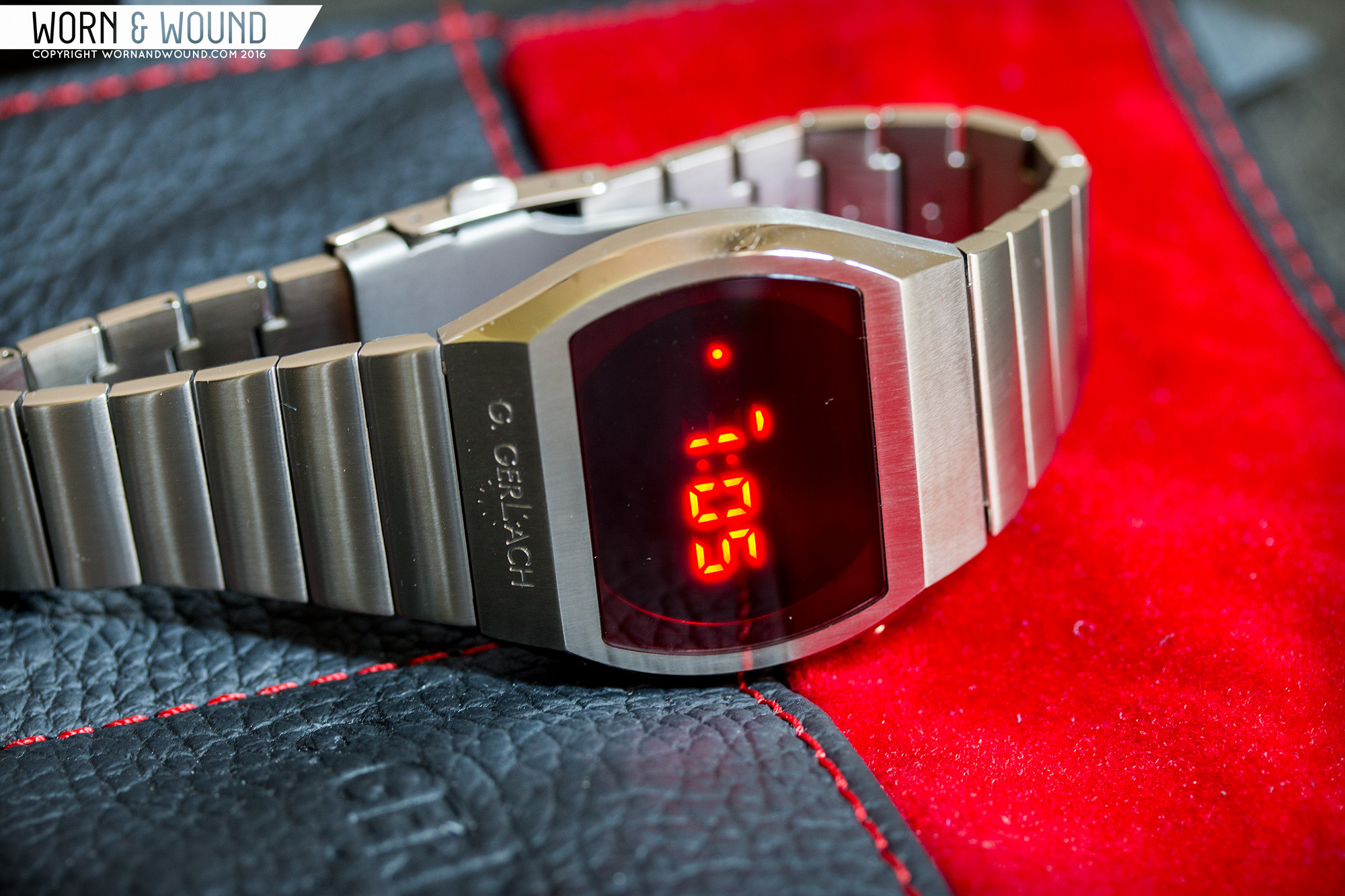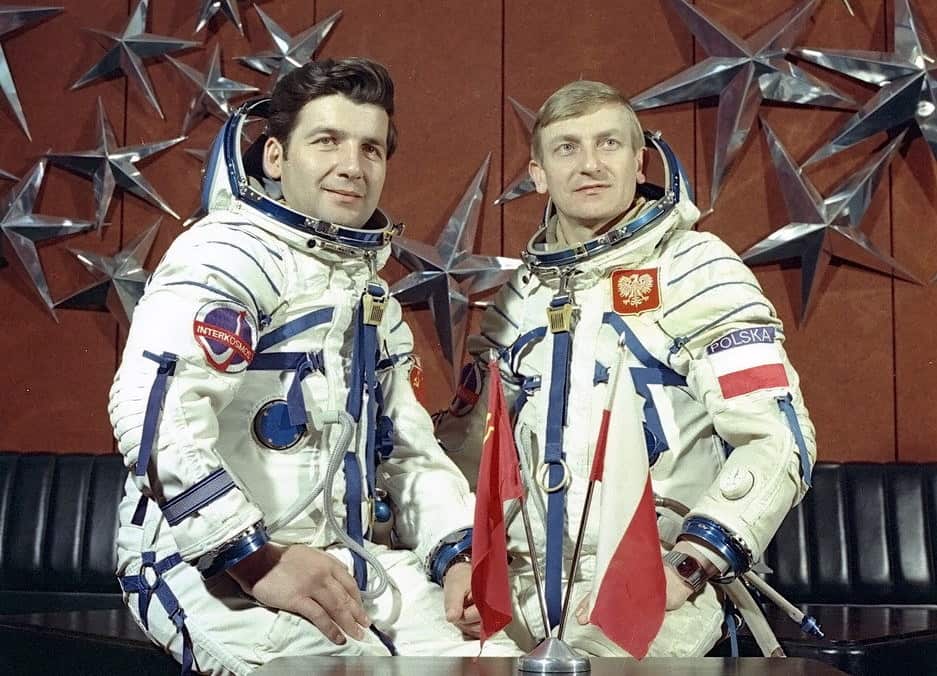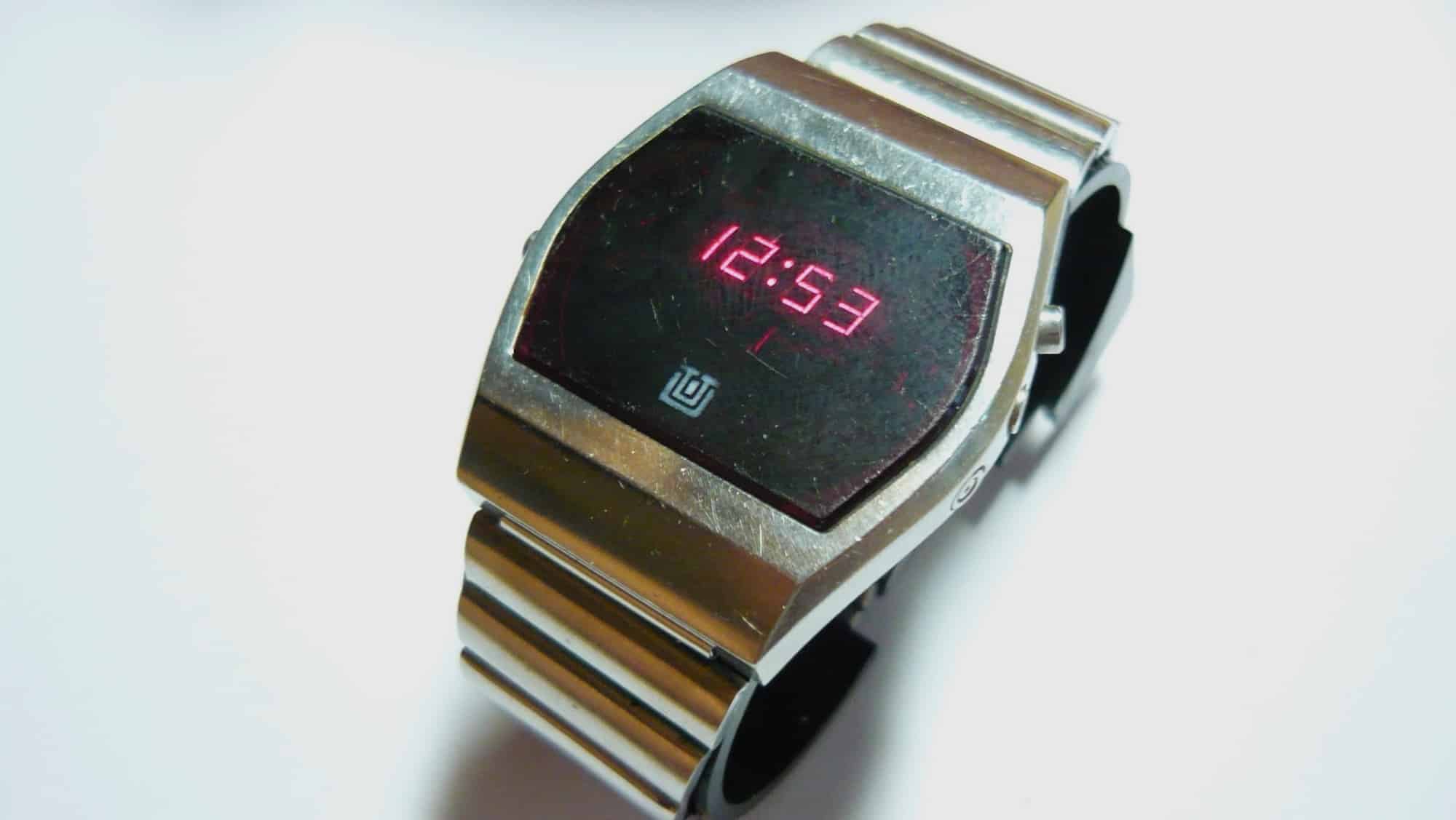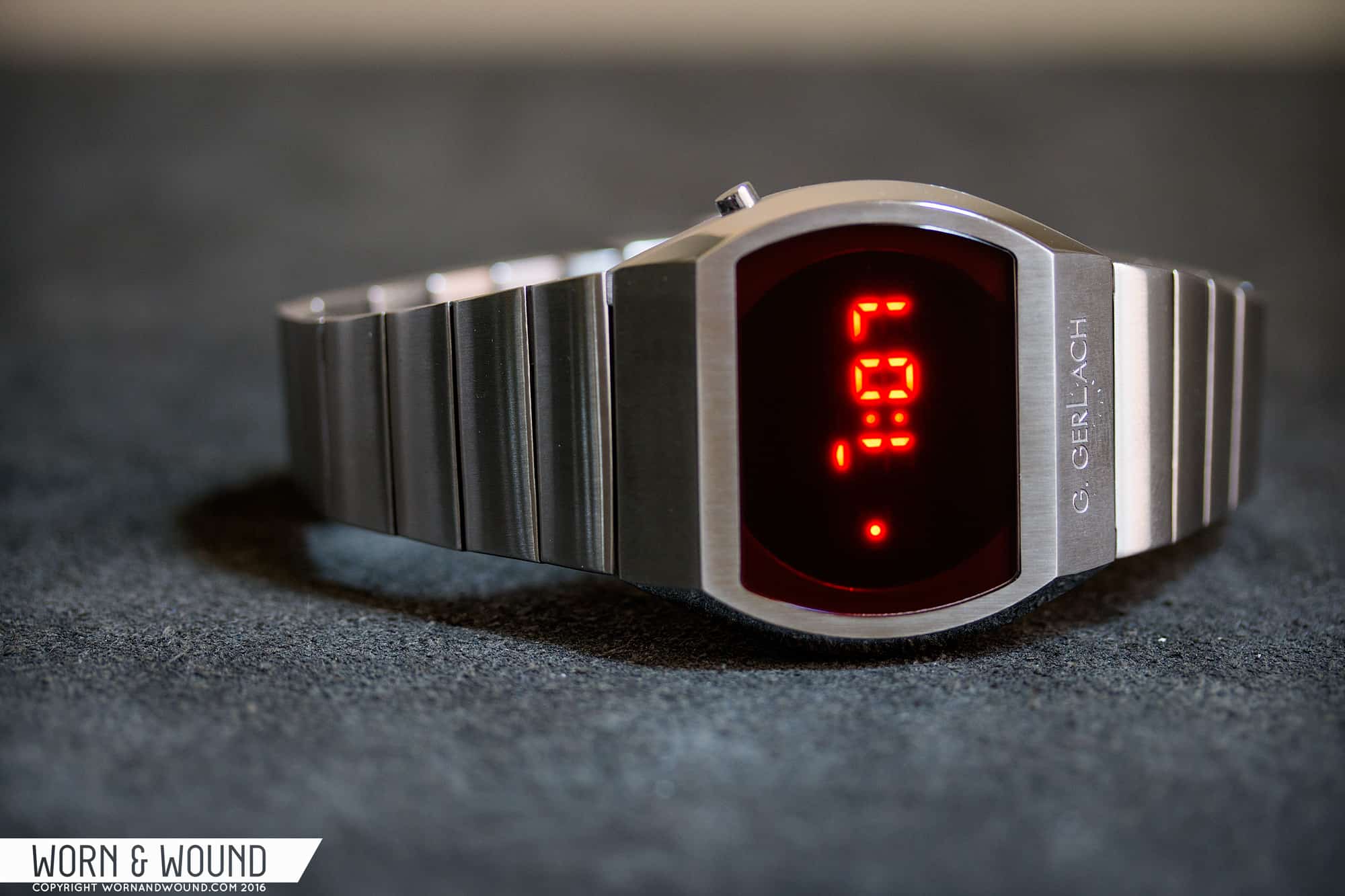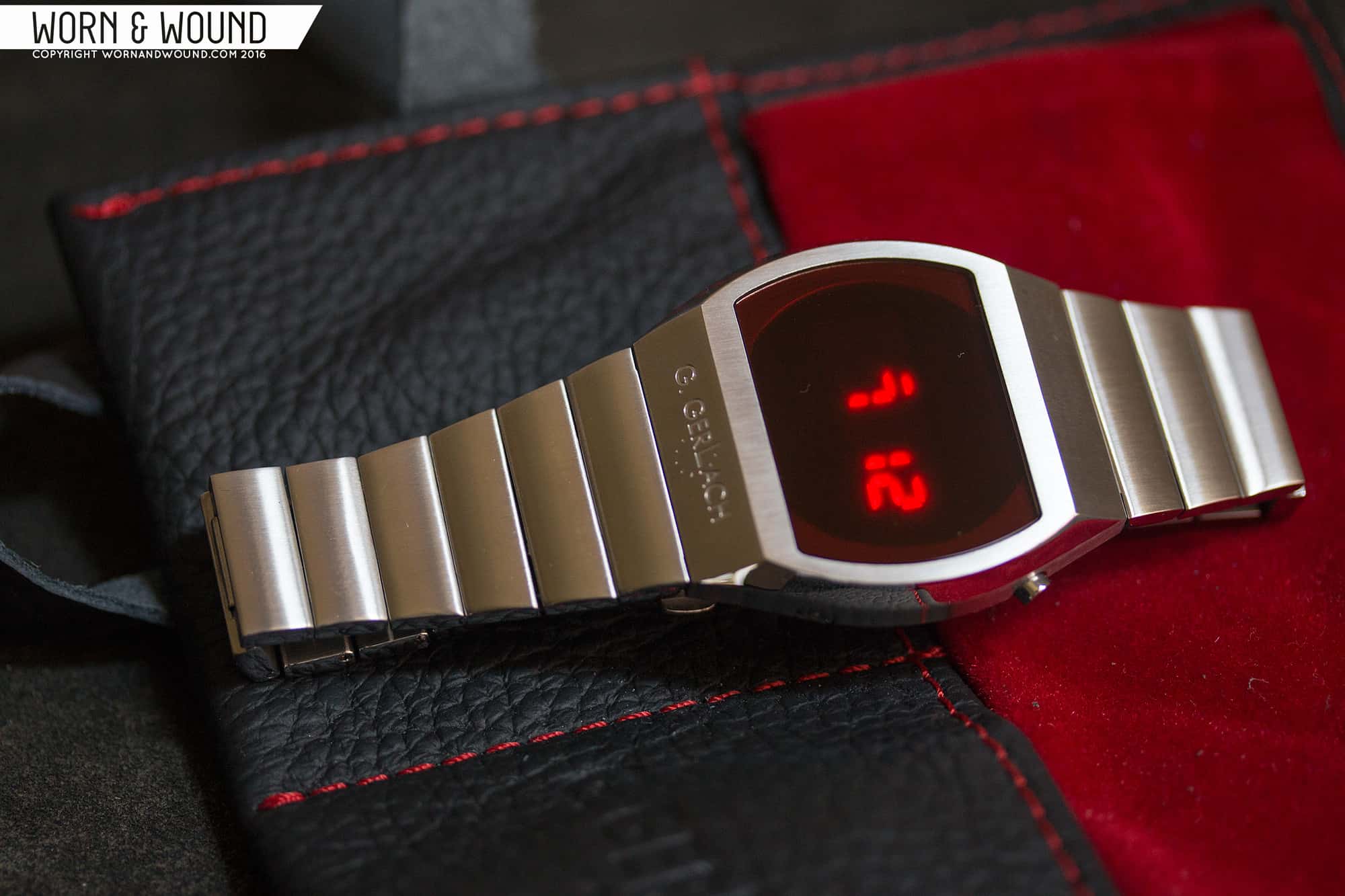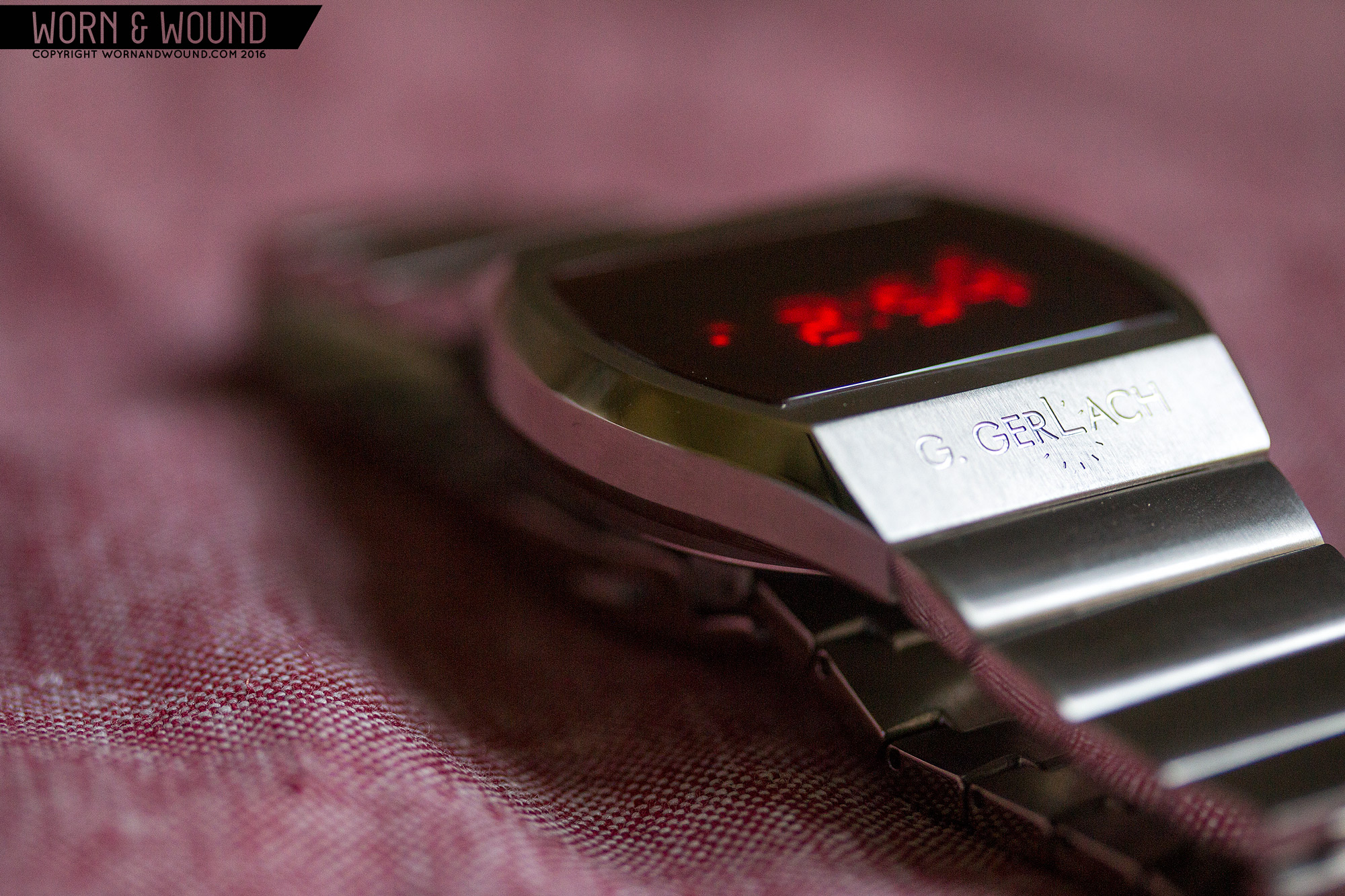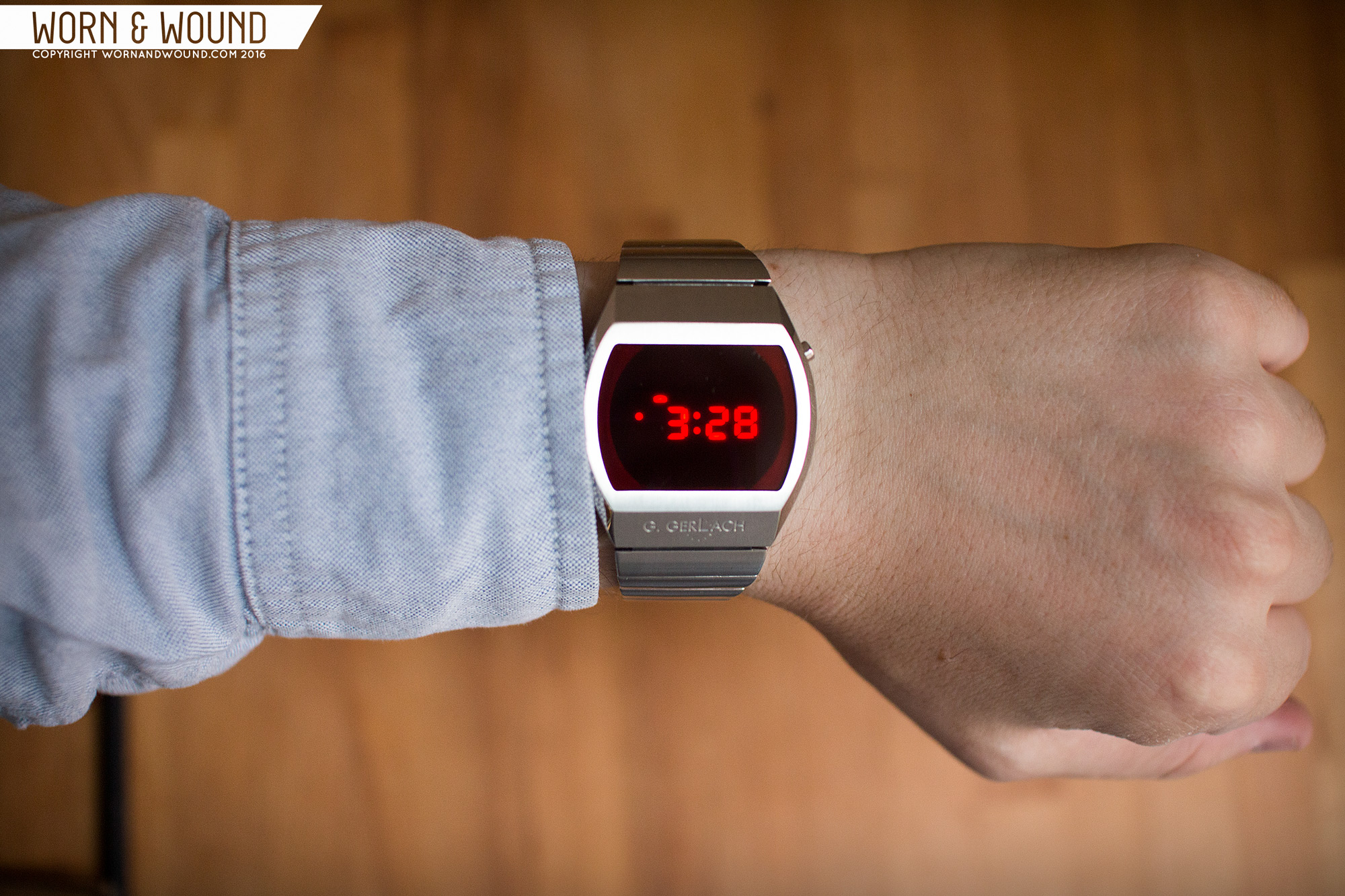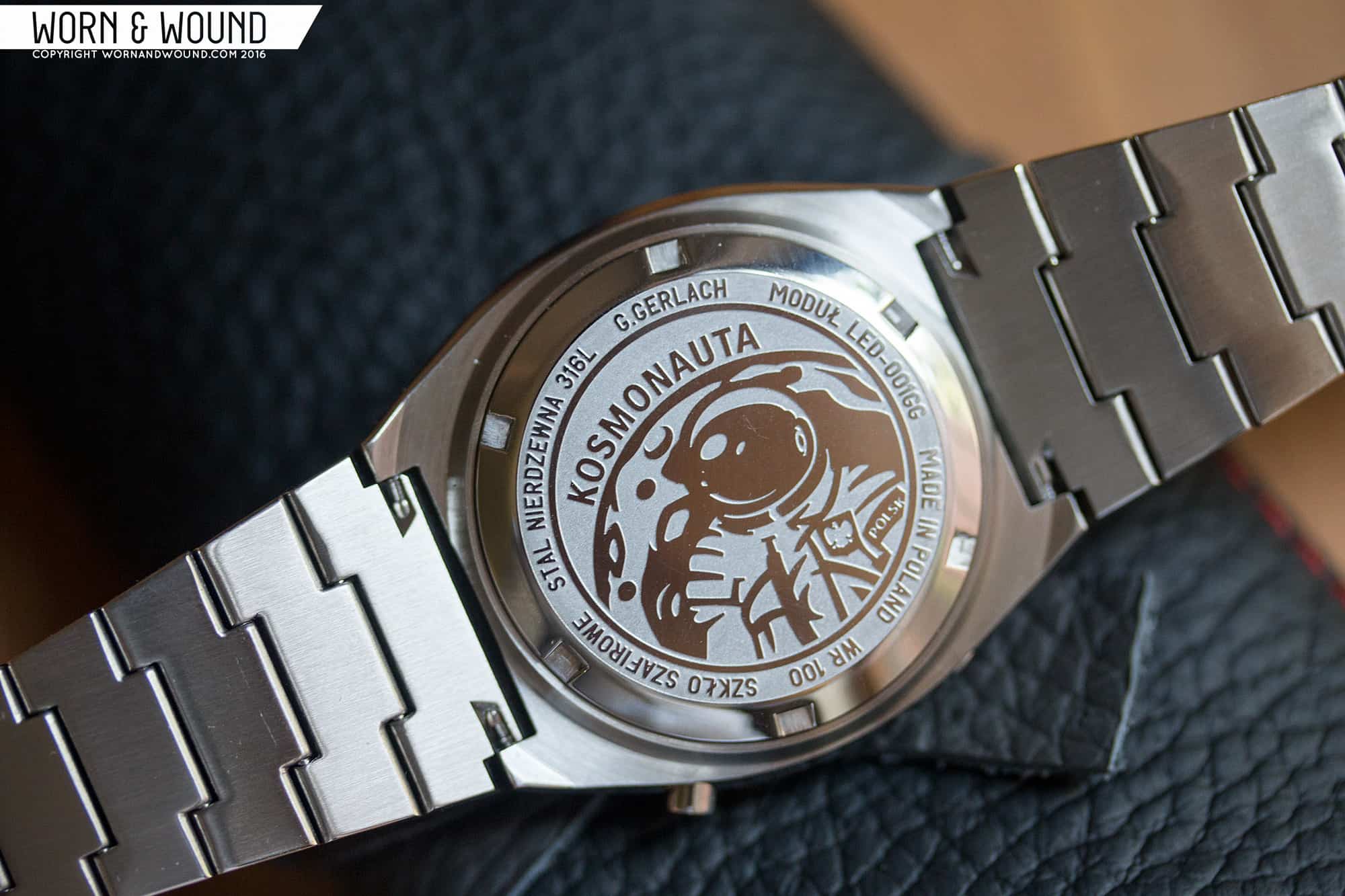The history of Polish space exploration isn’t exactly long. What it might lack in longevity, however, it certainly makes up for in pride, and the lone Polish cosmonaut Mirosław Hermaszewski is one of the most revered figures in Polish history. What’s more, the timepiece he carried, the super-advanced digital Unitra Warel, has become a Polish icon itself–one that G. Gerlach now pays tribute to with their new Kosmonauta.
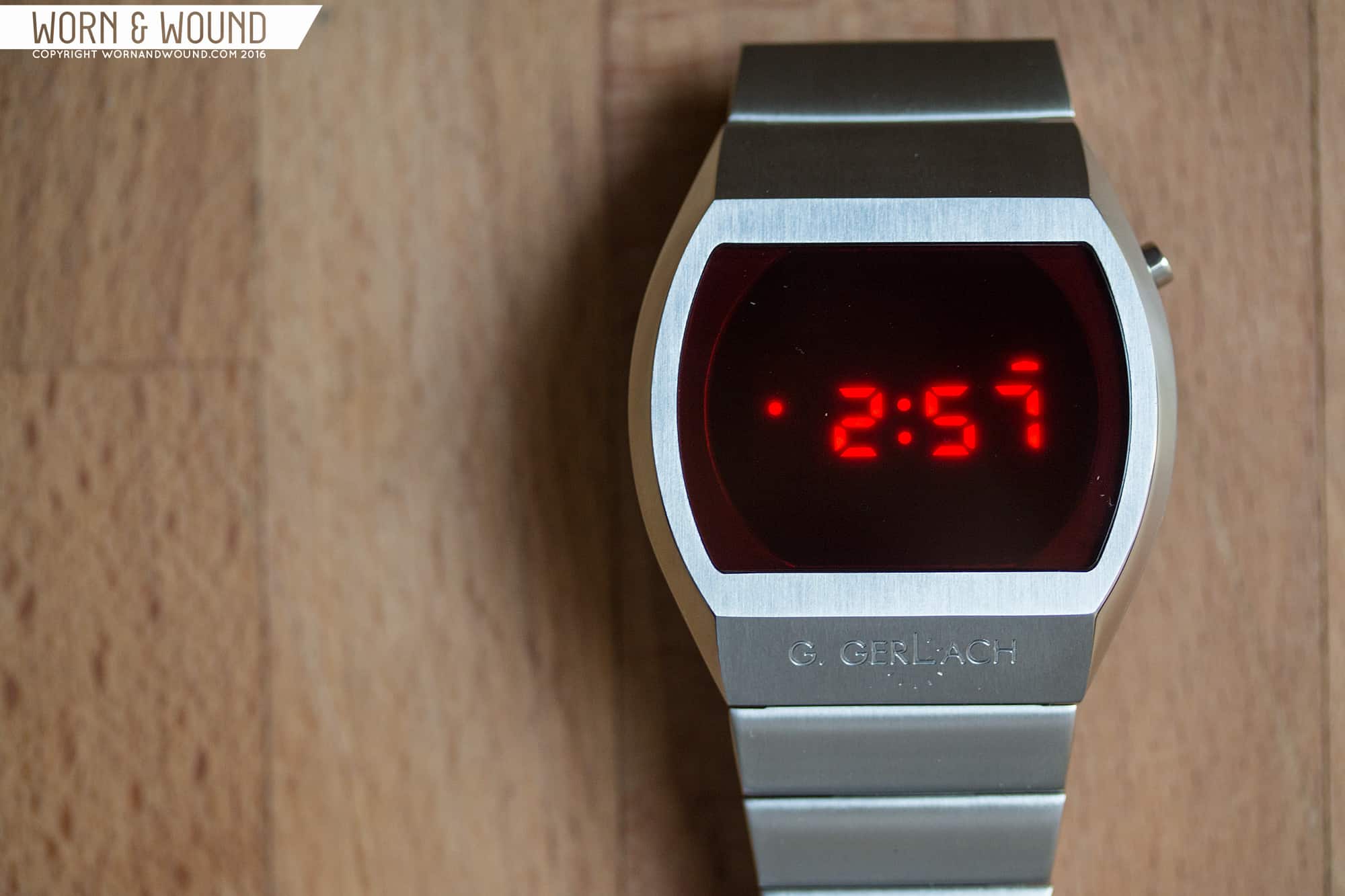 Born on September 15, 1941 in the town of Lipniki in Nazi-occupied Poland, Mirosław Hermaszewski had a tragic childhood. 19 members of his family, including his father, fell victim to the Volhynian Massacres perpetrated against Poles by the partisan Ukrainian Insurgent Army before he was two years old. When the Soviet Union absorbed Hermaszewski’s hometown along with much of eastern Poland at the end of World War II, 4-year-old Mirosław and his mother were forced to move southwest to the town of Wołów. Upon finishing high school, he enlisted in the air force, and by 1965 had graduated from the elite Dęblin pilot’s training academy. Hermaszewski’s military career was admirable, if unspectacular, earning a reputation of dependability in his superiors for the next decade.
Born on September 15, 1941 in the town of Lipniki in Nazi-occupied Poland, Mirosław Hermaszewski had a tragic childhood. 19 members of his family, including his father, fell victim to the Volhynian Massacres perpetrated against Poles by the partisan Ukrainian Insurgent Army before he was two years old. When the Soviet Union absorbed Hermaszewski’s hometown along with much of eastern Poland at the end of World War II, 4-year-old Mirosław and his mother were forced to move southwest to the town of Wołów. Upon finishing high school, he enlisted in the air force, and by 1965 had graduated from the elite Dęblin pilot’s training academy. Hermaszewski’s military career was admirable, if unspectacular, earning a reputation of dependability in his superiors for the next decade.









 Featured Videos
Featured Videos




